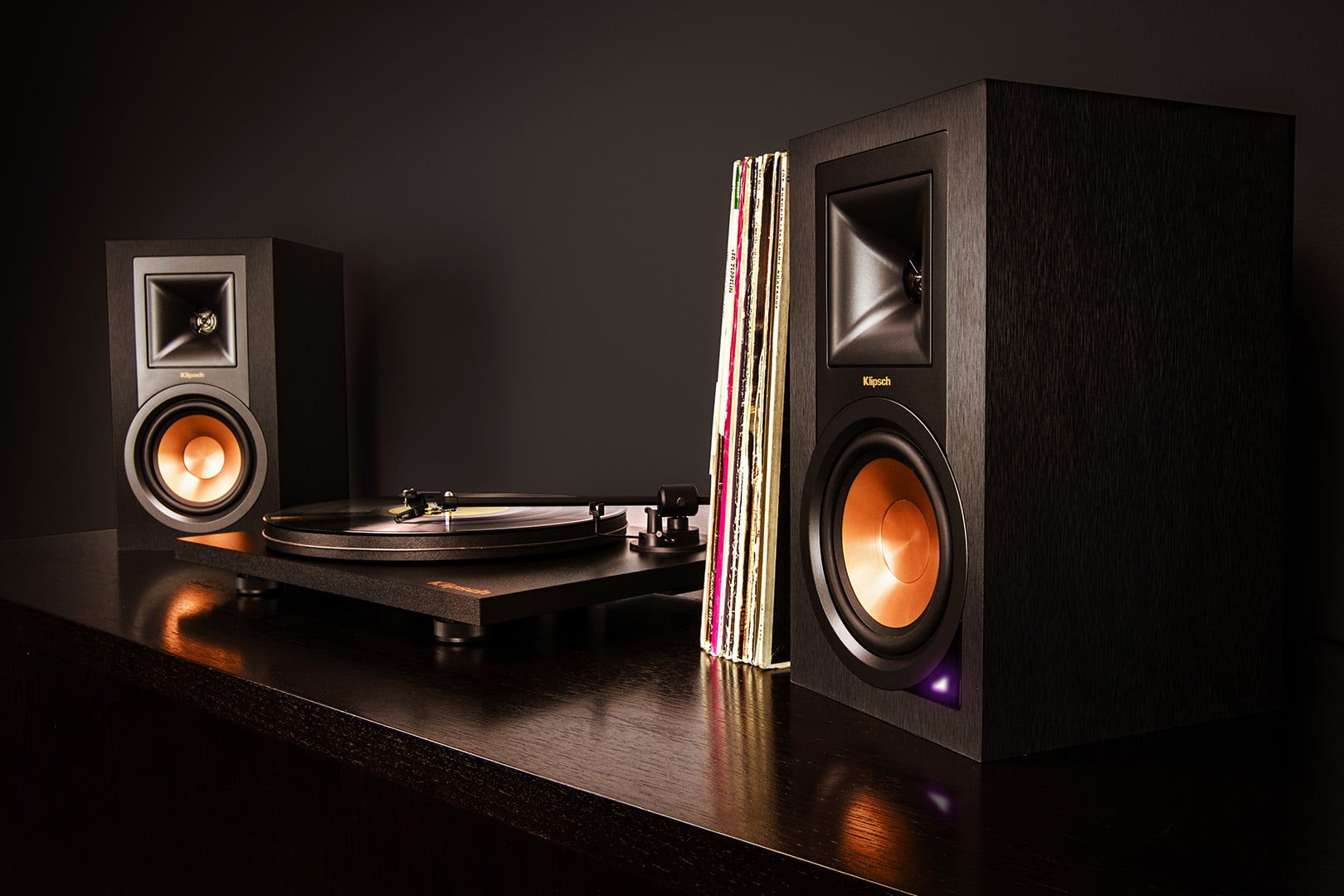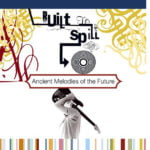It’s the time of year for saving money!
For the past forty years or so audiophiles have been aware that that isolating your source components from transducers make it so less noise and vibration will negatively affect an audio system. During that time I’ve seen all manner of isolation devices marketed to audiophiles. Some made sense while others did not. Unfortunately, the best way to isolate audio components isn’t something that is available on the open (or closed) market – it’s space.
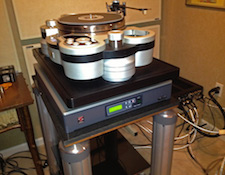 As a photographer I’m more than a little bit familiar with the inverse square law – it applies to light waves and sound waves. The law states that if you double the distance between a light or sound source the intensity will be reduced by ½. Twice the distance between source and receptor will equal half the light or sound output at the receptor’s location. What is the practical application of this law? If you want a component to be subjected to half the amount of external vibration from a transducer all you have to do is move it twice as far away! This is true of any and all electrical/mechanical components, but it is even more critical for turntables where the signal begins from a mechanical motion rather than electronic source.
As a photographer I’m more than a little bit familiar with the inverse square law – it applies to light waves and sound waves. The law states that if you double the distance between a light or sound source the intensity will be reduced by ½. Twice the distance between source and receptor will equal half the light or sound output at the receptor’s location. What is the practical application of this law? If you want a component to be subjected to half the amount of external vibration from a transducer all you have to do is move it twice as far away! This is true of any and all electrical/mechanical components, but it is even more critical for turntables where the signal begins from a mechanical motion rather than electronic source.
Turntables, due to both the extreme signal boost required (often in excess of 60 dB), and the potential for microphonic pick-up of air and floor-borne vibrations, are by far the most sensitive audio devices in your rack. There is a reason that the best-performing turntables have sophisticated systems to minimize external vibration’s effects. But no matter how good a turntable’s rejection of external vibrations may be, it can be improved simply by the act of moving it farther away from your transducers.
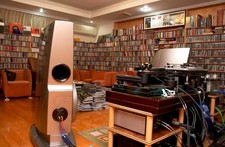 Some of the audio systems I’ve experienced that had the most effective isolation achieved that goal by simply placing the turntable (and other active electronic components) in a separate room, physically isolated from their loudspeakers. Some sophisticated audio systems have special isolated “machine rooms” for most of their components to get them away from their loudspeakers. But even with a basic system in an ordinary living room the distance between the turntable and other front end components can be expanded so that the turntable is farther away from the noise-making part of your system with the results being better sound with less noise and low-level feedback.
Some of the audio systems I’ve experienced that had the most effective isolation achieved that goal by simply placing the turntable (and other active electronic components) in a separate room, physically isolated from their loudspeakers. Some sophisticated audio systems have special isolated “machine rooms” for most of their components to get them away from their loudspeakers. But even with a basic system in an ordinary living room the distance between the turntable and other front end components can be expanded so that the turntable is farther away from the noise-making part of your system with the results being better sound with less noise and low-level feedback.
Does your system have any physical noise issues? One way to find out is to listen to your system with a pair of isolating earphones. Listen to the same selection on your turntable with your speakers turned on and then with them turned off. In extreme cases it will be easy to hear that the sound is cleaner with less low-level confusion when the loudspeakers are not active. That added distortion was created by the lack of adequate isolation between your loudspeakers and your turntable. The simple and most elegant solution is to move your turntable farther away from your loudspeakers.
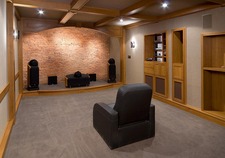 Obviously moving your turntable may not be a straightforward process. It may require using longer and different cabling. Also, if your phono preamplifier is built into your preamplifier, receiver, or DAC you may have to move it as well, which can create other cabling and connection issues. I use an external dedicated phono preamplifier, so I employ a short cable run to the phono preamplifier from the tonearm and then a longer line-level connection between the phono preamplifier and my line-level preamp. This gives me a lot of flexibility in turntable placement.
Obviously moving your turntable may not be a straightforward process. It may require using longer and different cabling. Also, if your phono preamplifier is built into your preamplifier, receiver, or DAC you may have to move it as well, which can create other cabling and connection issues. I use an external dedicated phono preamplifier, so I employ a short cable run to the phono preamplifier from the tonearm and then a longer line-level connection between the phono preamplifier and my line-level preamp. This gives me a lot of flexibility in turntable placement.
In my newest set-up both of my turntables are along a long wall in the area that had the least amount of room gain. Short of moving them out of the room (which was not an option) this was the least sonically pernicious spot I could find. Far too many times I’ve seen and heard systems where the turntable was placed in the corner of the room, which is by far the worst place for one. Corners have the most low-frequency gain and resonance peaks that can all-too-easily be transmitted back into your system.
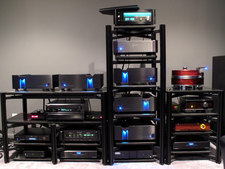 So, before you build or buy that super-isolating “sonically perfect” equipment rack system that costs more than your Uber driver’s entire vehicle you might want to spend some time considering the physical location of your turntable and other active electronic components to see if there is a better way to place components in your room so that you can achieve optimum isolation and resonance reduction before resorting to commercially-available sonic bromides. That old inverse-square law can be your friend or foe.
So, before you build or buy that super-isolating “sonically perfect” equipment rack system that costs more than your Uber driver’s entire vehicle you might want to spend some time considering the physical location of your turntable and other active electronic components to see if there is a better way to place components in your room so that you can achieve optimum isolation and resonance reduction before resorting to commercially-available sonic bromides. That old inverse-square law can be your friend or foe.
It’s much easier to put together a good-sounding system when you make it your friend.
